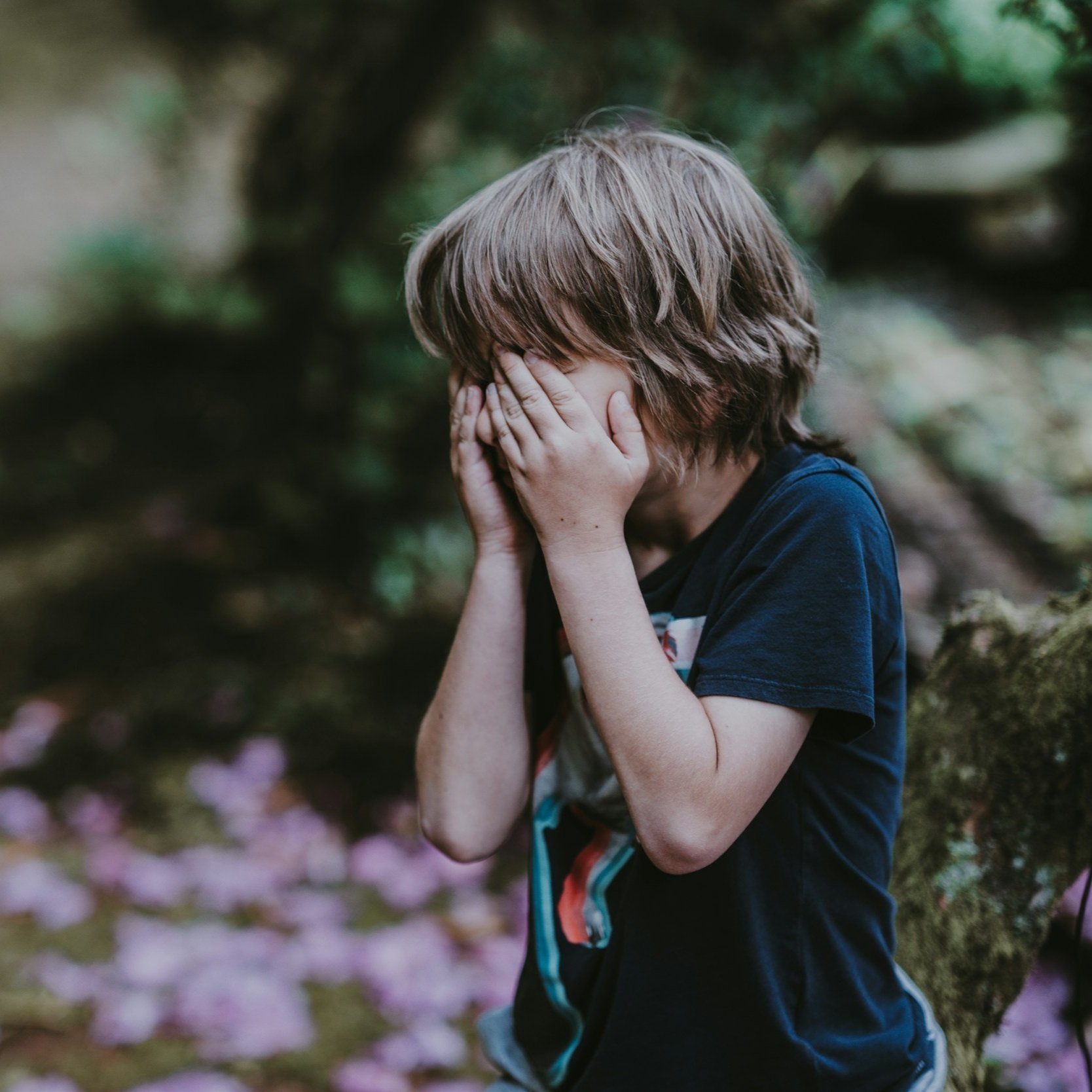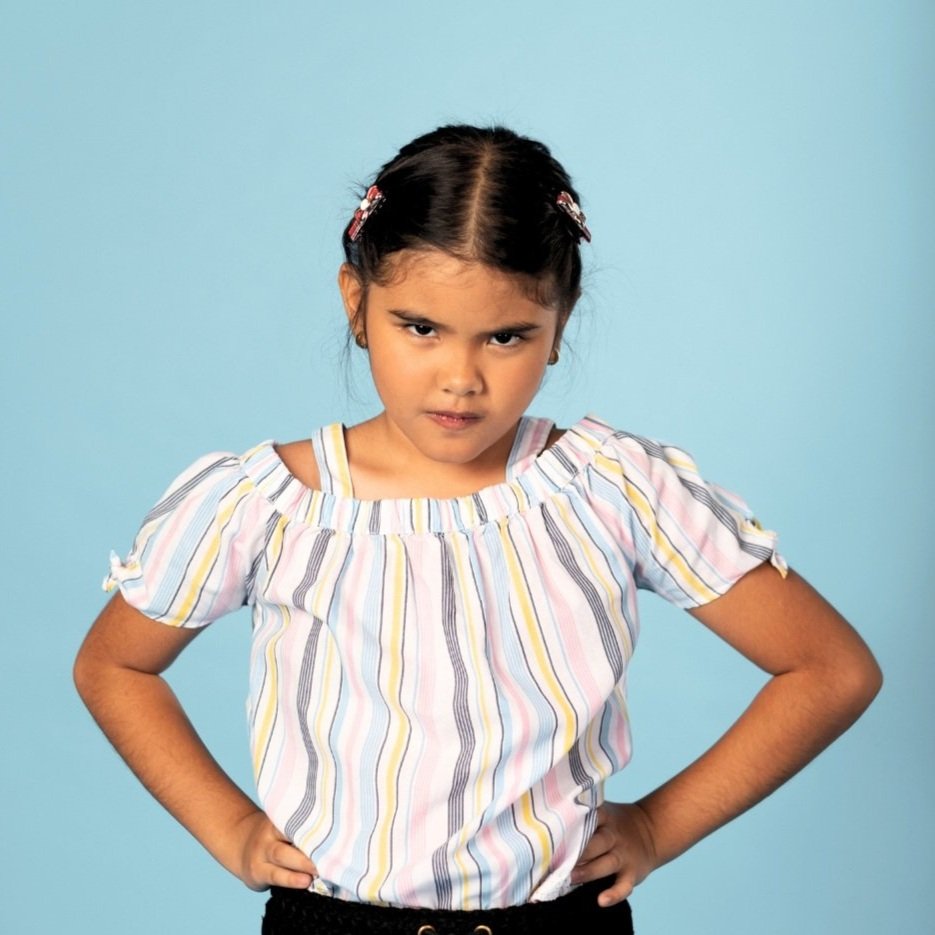Art Therapy with Kids: Ideas
Art therapy empowers children to develop coping skills, build self-esteem, and find healing by using creativity as a means to communicate thoughts and emotions that words alone cannot express.
What is Art Therapy?
Art therapy supports emotional and cognitive development through creative expression. Children who regularly engage in artistic activities have access to a non-verbal avenue of self-discovery and communication. Art provides a safe space for kids to explore their creativity, build confidence, and develop problem-solving skills.
Who can benefit from art therapy? Art can help children (and adults!) cope with stress, trauma, and various emotional challenges to promote overall well-being. Through painting, drawing, and other forms of creative expression, kids practice a holistic sense of accomplishment and self-efficacy.
How to become an Art Therapist:
Becoming an art therapist in the United States typically involves the acquisition of a bachelor's degree in psychology or a related discipline and then a master's degree in art therapy (or a closely related field) from an accredited program.
During their education, students are usually required to complete a supervised clinical internship to gain practical experience working with diverse populations. Following the completion of the educational requirements, individuals may need to fulfill state-specific licensing or certification requirements.
Certification as an art therapist is obtained through the Art Therapy Credentials Board (ATCB) by passing exams, accumulating supervised clinical hours, and meeting ATCB requirements.
Making Art with Kids:
A licensed art therapist has specialized skills and training that allow them to leverage creative expression to promote healing and well-being, but art can also be used in a non-clinical sense by anyone seeking an outlet or a way to process experiences. We put together some ideas and resources to inspire therapists, teachers, and parents who want to incorporate creative expression into the life of a child.
Drawing Prompts
Fold a piece of paper to make 4 rectangular areas. In each rectangle, encourage kids to identify, draw, and discuss people in their life (either real or fantasy) that match the descriptor prompt. This helps gain insight into how the child sees the world through an interpersonal lens.
Prompt Examples:
Draw someone kind / Draw someone mean
Draw someone safe / Draw someone dangerous
Draw someone calm / Draw someone angry
Draw someone trustworthy / Draw someone sneaky
Find a printable version of this resource in our Therapeutic Activities tab!
Make the Face
Read a scenario prompt and ask the child to illustrate how the people in the scenario might be feeling. In this exercise, drawing faces allows kids to practice empathy and gain insight through perspective-taking.
Some example prompts: How do you feel when you lose a game? How does your friend feel when they win a game? How do you want your friend to act when they win? How does your friend want you to act when you lose?
Find a printable version of this resource in our Therapeutic Activities tab, and explore our free scenario prompts in our Conversation Starters tab!
Color Prompts: Flowers
Use color-coded prompts to encourage kids to talk about feelings, people, and favorites while bringing the flowers to life with a preferred medium. In this practice, art has the power to disarm apprehension and cultivate a healthy rapport.
We suggest letting kids “unlock” the colors by answering the prompts first.
Find our full collection of printable color-coded flower resources in our Therapeutic Activities tab!
Think, Draw, Discuss: Scavenger Hunt
Identify, draw, and discuss places, objects, or people that match the word in each box. This mental scavenger hunt can be used to help us understand a child’s viewpoint and emotional process.
Find a printable version of this resource in our Therapeutic Activities tab!
Color Prompts: Animals
Use color-coded prompts to talk about feelings, people, and bests/worsts while bringing the animals to life with a preferred medium. In this practice, art has the power to disarm apprehension and cultivate a healthy rapport.
We suggest letting kids “unlock” the colors by answering the prompts.
Find our full collection of printable color-coded animal resources in our Therapeutic Activities tab!
My Perfect Day, My Imperfect Day
Use this prompt to help kids appreciate good days and receive bad days with a growth mindset.
Tell me what makes this day perfect. Who would you see? What would you do? What would you eat? Where would you go?
Tell me what makes this day imperfect. Have you ever had a day like this before? Is there one tiny thing about this day that isn’t so bad?
Find a printable version of this resource in our Writing Prompts tab!
RELATED BLOG POST: Art Therapy Activity: Emotion Storms


















An emotion scale is a therapeutic tool used to help individuals identify, communicate, and track their emotions. Learn more and print our FREE PDF emotion scales!